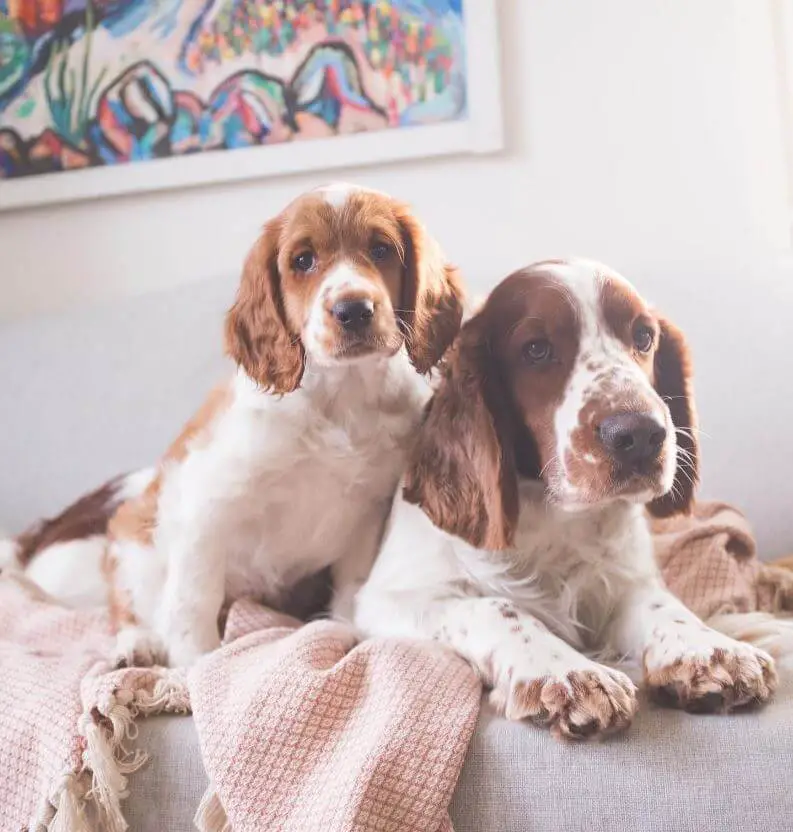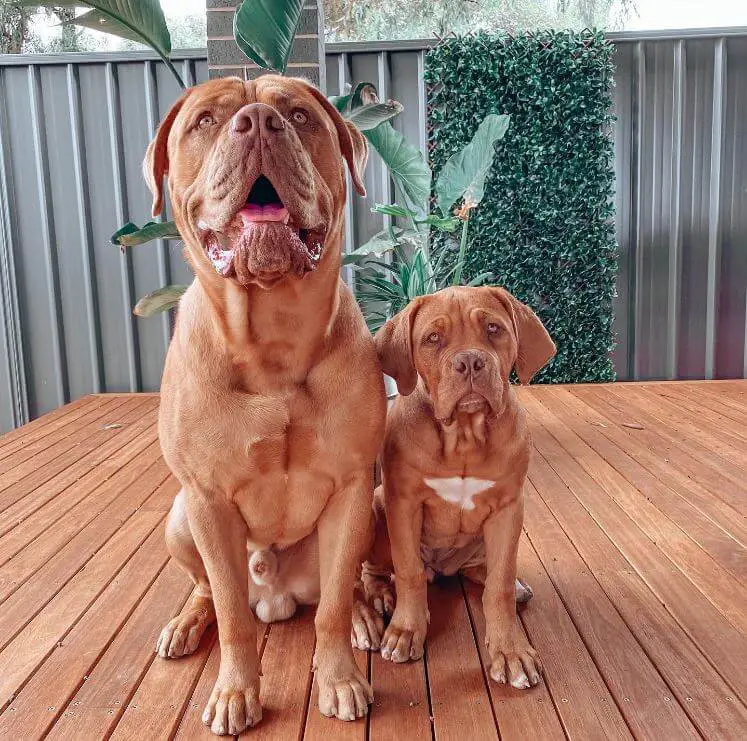Adding a new puppy to a household that already includes a senior dog can be both exciting and challenging. Properly introducing the puppy to your senior dog is crucial to ensure a harmonious and stress-free coexistence. In this article, we’ll provide you with valuable tips on how to navigate this transition smoothly and create a positive environment where both your puppy and senior dog can thrive.
Understanding the Dynamics:
Introducing a lively and energetic puppy to a senior dog with established routines requires careful planning. Senior dogs might have lower energy levels, and their comfort and well-being must be prioritized during the introduction process.

#1 – Choose a Neutral Environment:
When introducing your puppy and senior dog for the first time, select a neutral and familiar location, such as a park or a neutral friend’s yard. This reduces territorial instincts and can ease the initial tension.
#2 – Supervised Meetings:
Keep the initial meetings short and supervised. Allow the dogs to sniff and observe each other’s behavior without forcing interaction. Watch for signs of stress, aggression, or discomfort, and be prepared to intervene if necessary.
#3 – Positive Associations:
Create positive associations by rewarding both dogs with treats and praise for calm and friendly behavior. This helps them associate each other’s presence with positive experiences.
#4 – Gradual Introduction at Home:
Once the initial meetings go well, gradually introduce the puppy to the senior dog’s home environment. Keep the puppy on a leash and supervise interactions closely. Allow the senior dog to set the pace for interaction.
#5 – Respect Boundaries:
Respect your senior dog’s need for space and alone time. Provide them with a safe and quiet space where they can retreat to if they need a break from the puppy’s energy.

#6 – Separate Feeding Areas:
If both dogs eat in the same area, provide separate feeding stations to avoid any potential resource guarding issues.
#7 – Gradual Supervised Play:
As your senior dog becomes more accustomed to the puppy’s presence, allow them to engage in supervised play sessions. Keep playtime gentle and monitor both dogs’ body language.
#8 – Attention Management:
Ensure your senior dog still receives plenty of attention and one-on-one time with you. This prevents them from feeling neglected or anxious due to the new addition.
#9 – Consistent Routine:
Maintain your senior dog’s established routine as much as possible. Consistency can help reduce stress during the transition.
#10 – Professional Help if Needed:
If you encounter challenges during the introduction process, consider seeking the guidance of a professional dog trainer or behaviorist.

Introducing a puppy into a home with a senior dog requires patience, understanding, and careful management. By respecting your senior dog’s needs and taking gradual steps to create a positive and peaceful environment, you can help both your puppy and senior dog form a bond that enhances their quality of life. Remember that every dog is unique, and the introduction process might take time. With patience and proper guidance, you can create a harmonious multi-generational household where both dogs thrive and enjoy their companionship.
